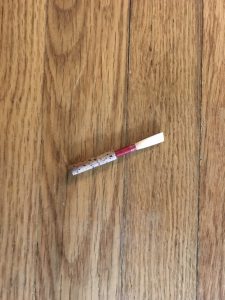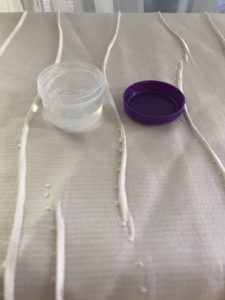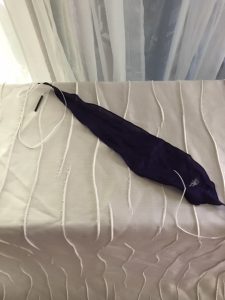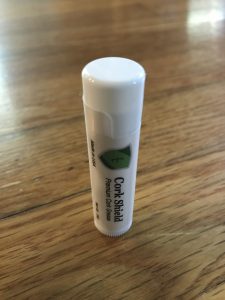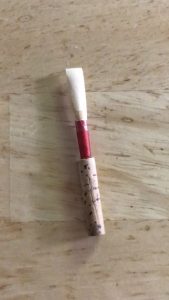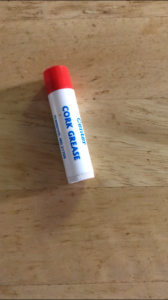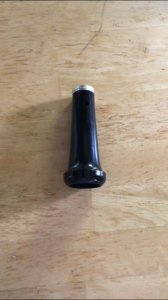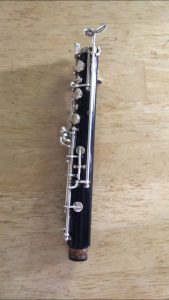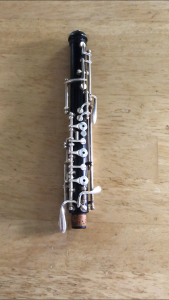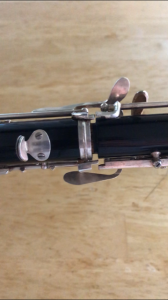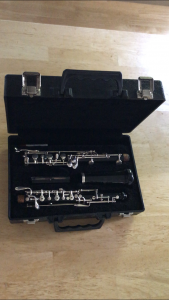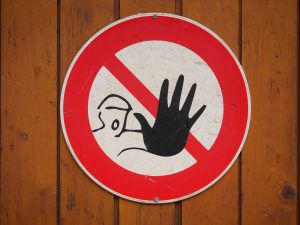Reeds
The reed is possibly the most important and most delicate part of your oboe.
It is best to purchase handmade reeds from a professional oboe player in your area. Store bought reeds are often low quality and will not play correctly. Avoid fiber cane and plastic reeds. Reeds can cost about $10-$30 each and will last for about 1 month, depending on how much you play. ALWAYS keep an extra reed on hand in case yours breaks! Click the icon below for a link to a reputable reed maker.

